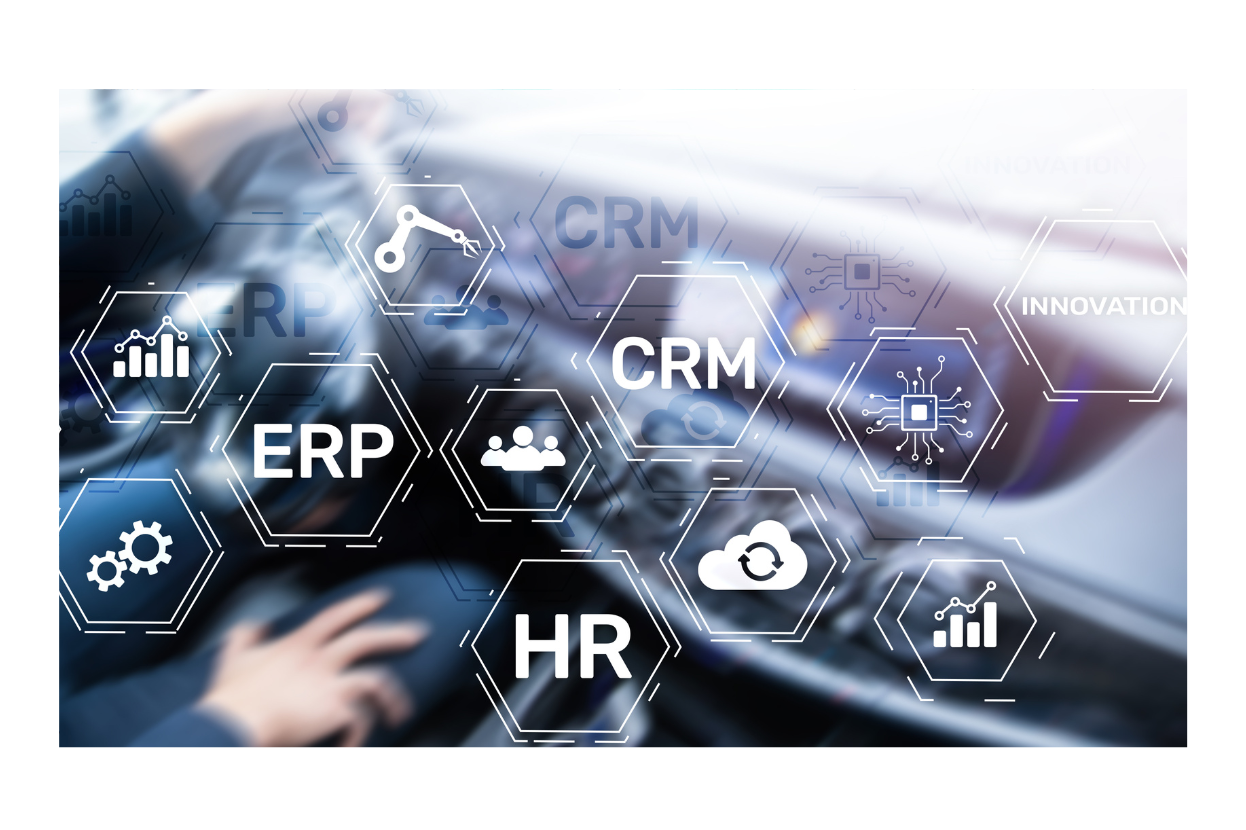My Journey to a Connected Business: Demystifying ERP Cloud System Integration
You see, for years, I’ve been that person. The one who walks into a business, often a thriving one, only to find a hidden layer of frantic energy beneath the surface. It’s the energy of people wrestling with disconnected systems. Imagine walking into a bustling workshop where the carpenter can’t easily talk to the painter, and neither of them can get real-time updates from the person taking orders. That, my friends, was the reality for so many companies, and it was a headache I saw far too often.
The "Old Days" Headache: A Business of Islands
I remember one particular client, let’s call them "Global Gadgets Inc." They were brilliant at what they did – designing innovative tech. But internally? Oh, it was a mess. Their sales team used one system, their inventory was tracked in another, finance had its own bespoke software, and customer service? Well, they often felt like they were in a completely different company, trying to piece together information from three different screens just to answer a simple query.
Data was duplicated. Errors were rampant because someone had to manually re-enter information from one system to another. Reports were always outdated. Decision-making felt like navigating a ship with a broken compass. It wasn’t just inefficient; it was soul-crushing for the employees and costly for the business.
This is where the magic of ERP (Enterprise Resource Planning) first entered my world.
What Exactly is ERP? Think of It as Your Business’s Brain
In its simplest form, ERP is like the central nervous system for your entire business. It’s a suite of integrated software applications that manages and integrates all the core business processes in real-time. We’re talking about everything from finance and human resources to manufacturing, supply chain, services, procurement, and more.
Before ERP, each department often had its own separate software, its own "island." ERP’s promise was to connect these islands into a single, cohesive continent.
The Cloud Revolution: Taking Your Brain to the Skies
For a long time, ERP systems were complex, expensive beasts that lived on servers in your own office – "on-premise." They required dedicated IT teams, significant upfront investment, and constant maintenance.
Then came the Cloud ERP. This was a game-changer. Instead of housing the software on your own servers, you access it over the internet, hosted by a vendor. Think of it like moving from owning a physical music CD to streaming music online.
The benefits were clear:
- Accessibility: Work from anywhere, anytime.
- Scalability: Easily scale up or down as your business grows without massive hardware upgrades.
- Cost-Efficiency: Lower upfront costs, often a subscription model.
- Automatic Updates: The vendor handles maintenance and upgrades.
- Security: Reputable cloud providers often have better security than many small businesses can afford on their own.
Cloud ERP was great, but it didn’t solve all the problems. In fact, it often introduced a new, crucial challenge: integration.
The Big Hurdle: ERP Cloud System Integration – Making Everything Talk
Here’s the thing: while Cloud ERP systems are powerful, they don’t live in a vacuum. Your business likely still uses other specialized tools. Maybe a CRM (Customer Relationship Management) system for sales and marketing, an e-commerce platform like Shopify or Magento, a dedicated payroll system, or a specific logistics solution.
The challenge was, and often still is, getting your shiny new Cloud ERP to talk seamlessly with all these other essential systems. This, my friends, is where ERP Cloud System Integration steps onto the stage.
What is ERP Cloud System Integration?
It’s the process of connecting your Cloud ERP system with other cloud-based or on-premise applications, databases, and services used across your business. The goal is to create a unified, automated flow of data between all these disparate systems.
Think of it like building a super-highway between all your business’s "islands." Instead of manually ferrying data back and forth in slow, error-prone boats, integration builds bridges and tunnels, allowing information to flow freely, automatically, and accurately.
My "Aha!" Moment: When the Pieces Finally Clicked for Global Gadgets
I remember the relief on the faces at Global Gadgets Inc. when we finally tackled their integration challenge head-on. Their Cloud ERP was implemented, but the real magic happened when we integrated it with their CRM, their e-commerce store, and their warehouse management system.

